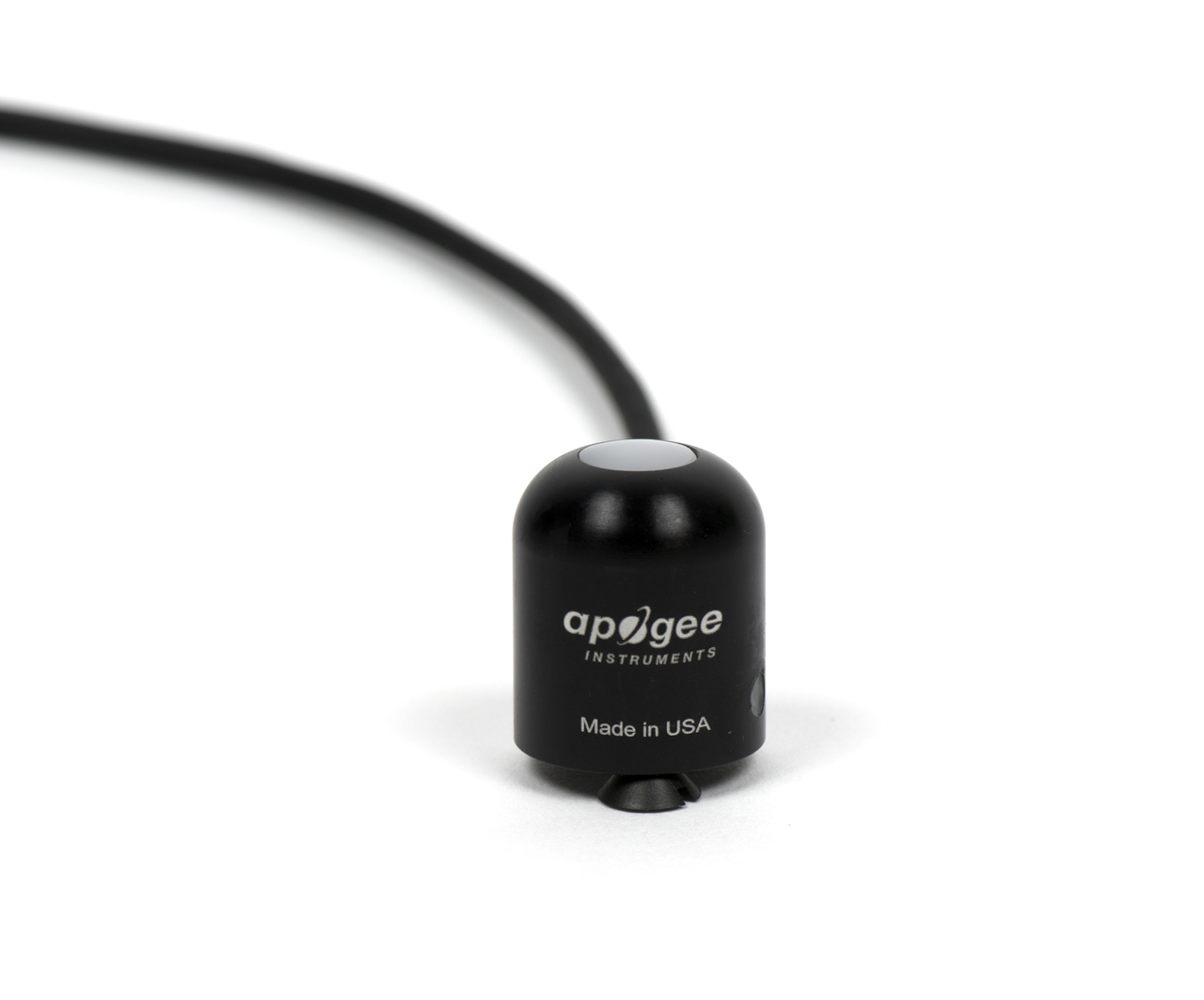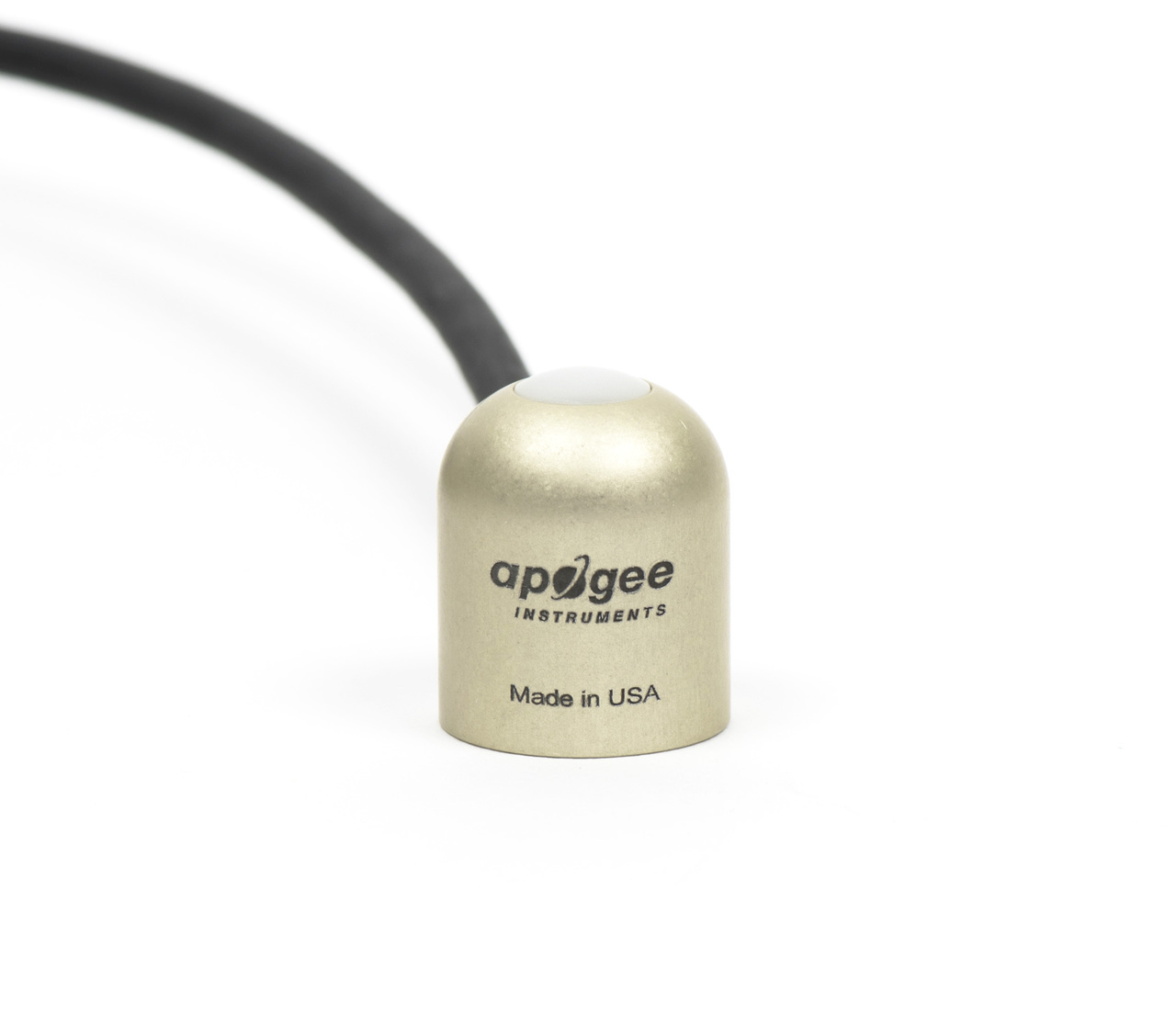|
Apogee offers two types of pyranometers, original silicon-cell models and new line of thermopile pyranometers. Silicon-cell models are excellent for applications that do not require the higher accuracy and cost of a thermopile pyranometer. They are less expensive and have a faster response time, but have higher errors under cloudy conditions. New line of cost-effective thermopile pyranometers are not officially ISO classified, but feature a blackbody thermopile detector that provides a much broader and more uniform spectral response for better performance in all atmospheric conditions and that compares favorably to other thermopile pyranometers for a fraction of the cost. Applications include shortwave radiation measurement in agricultural, ecological, and hydrological weather networks. Sensors are also used to optimize photovoltaic systems. |
|
|
|
Thermopile Pyranometers
|
 |
Silicon-cell Pyranometers
|
